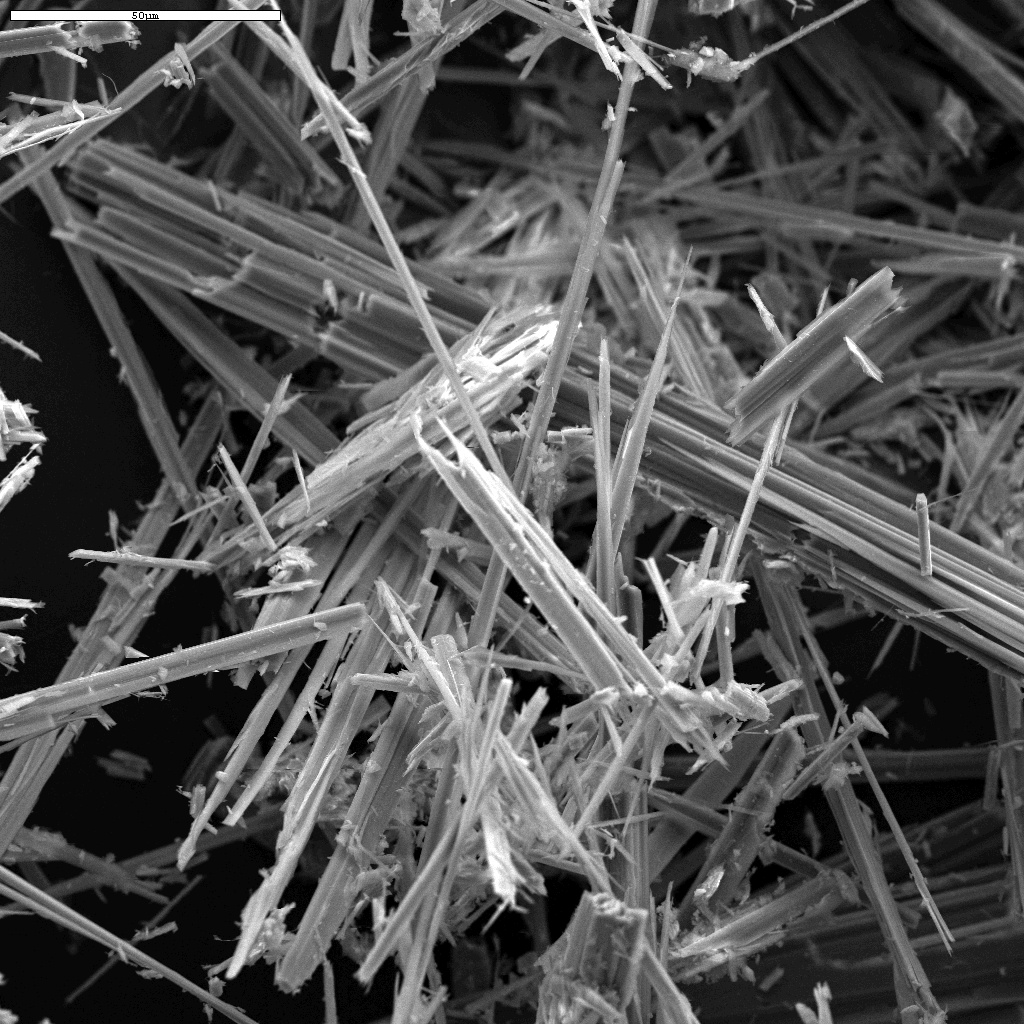-
Tips for becoming a good boxer - November 6, 2020
-
7 expert tips for making your hens night a memorable one - November 6, 2020
-
5 reasons to host your Christmas party on a cruise boat - November 6, 2020
-
What to do when you’re charged with a crime - November 6, 2020
-
Should you get one or multiple dogs? Here’s all you need to know - November 3, 2020
-
A Guide: How to Build Your Very Own Magic Mirror - February 14, 2019
-
Our Top Inspirational Baseball Stars - November 24, 2018
-
Five Tech Tools That Will Help You Turn Your Blog into a Business - November 24, 2018
-
How to Indulge on Vacation without Expanding Your Waist - November 9, 2018
-
5 Strategies for Businesses to Appeal to Today’s Increasingly Mobile-Crazed Customers - November 9, 2018
Asbestos Found in Crayons, Fingerprinting Powder
According to a lab report, the asbestos fibers were found in four out of 28 boxes of crayons and two out of 21 children’s fingerprinting kits that were purchased at stores in the East Bay and online.
Advertisement
The group is calling for an asbestos ban in all consumer products.
Tests by an independent government-certified lab found asbestos in children’s crayons.
The recent report found asbestos in Disney Mickey Mouse Clubhouse crayons, Nickelodeon Teenage Mutant Ninja Turtle Crayons, Amscan Crayons, Saban’s Power Rangers Super Megaforce crayons, Inside Intelligence Secret Spy kit (white fingerprint powder), and Toy “R” Us’ EduScience Deluxe Forensics Lab Kit (black fingerprint powder). It’s unclear how the asbestos got into the crayons and crime kits, but it was likely a “contaminant of talc used as a binding agent in the crayons and in powder in the crime scene fingerprint kits”, Lunder and colleagues wrote, adding that asbestos is often found near talc deposits.
“These are important findings, because asbestos is being placed in children’s products”, said Lemen, now an adjunct professor with Emory University’s Rollins School of Public Health in Atlanta. The products where then found to be manufactured in China.
Asbestos is a set of six naturally occurring minerals and prolonged inhalation of fibers can trigger serious and fatal illnesses including cancer.
Yet according to the U.S. Department of Labor, there is no “safe” amount of exposure to asbestos, whereas the National Cancer Institute claims harm is a correlation of direct and repeated exposure over time. But that’s what an investigation by the EWG Action Fund found, which begs the question of why asbestos is still found in toys and other children’s products, decades after the asbestos/cancer connection was made. “At this time, we are reviewing the referenced report, along with supplier test reports, to ensure full compliance to our strict safety standards”, Kathleen Waugh, vice president of corporate communications, said in a statement.
Today, products containing asbestos that could be inhaled are required to be labeled, according to the CPSC.
Asbestos is more commonly used in building materials such as insulation and shingles, as it is resistant to heat and fire and doesn’t readily degrade.
“Enough is enough”, said Reinstein.
“This is an avoidable risk”.
Where are your child’s crayons?
“We know that kids are more sensitive and we don’t want to take any risks exposing our kids to chemicals or fibers that cause cancer”, Lunder explained.
Paulson, the pediatrician, also supports additional regulatory action, especially as it has become a recurring issue.
Advertisement
The amount of asbestos in the crayon was described as “so small it is scientifically insignificant”.





























